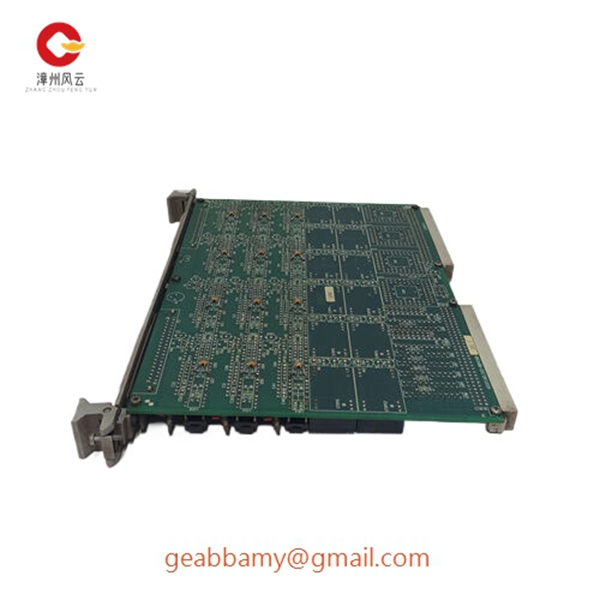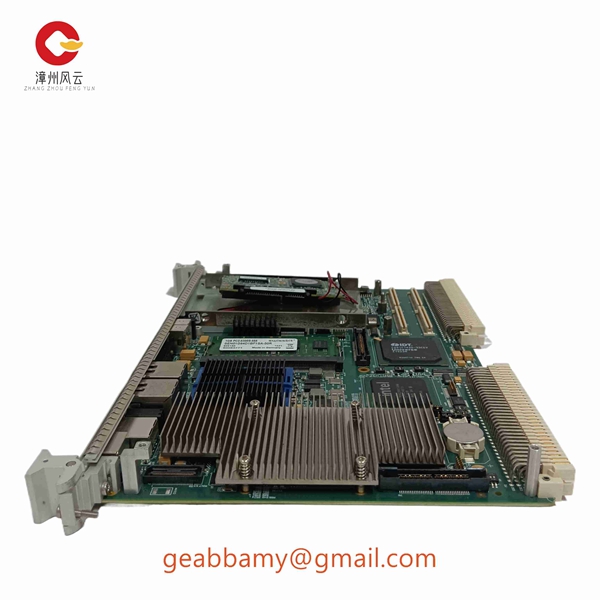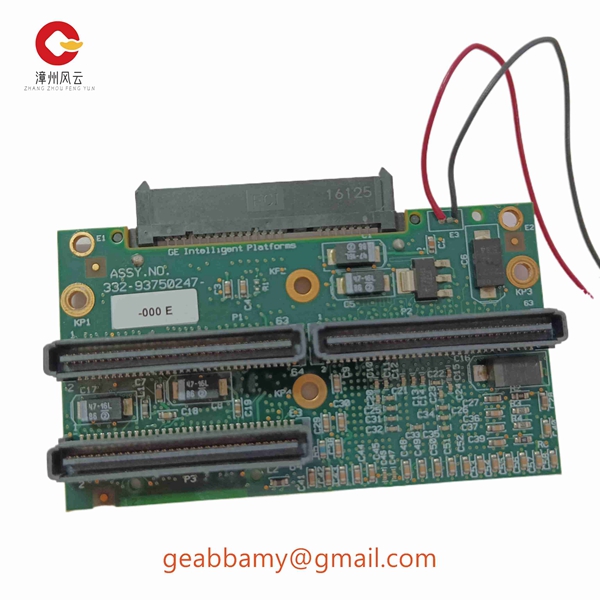Product code: N/A
IS200TTURH1CFD Discrete Analog Communication Module
📣Model Number:IS200TTURH1CFD
🌍Country of origin: USA France Germany Estonia Norway UK
⌚Delivery date: in stock
🛠After-sales service: brand new with one year warranty
⚙️ Product Category: Module/Controller/Server/Motor/Touch Screen
🕰Warranty: 12 months/365 days
☎️ Please contact me: 15359029662 Ms. Amy Sun
📎Chinese official website: www.dcsplcabb.com
📩Email: geabbamy@gmail.com
💬Whatsapp: +86 15359029662
Detailed content
IS200TTURH1CFD
The IS200TTURH1CFD allows the same PLC panel layout to be used for all applications from 36 to 100 I/O. The DL06 CPU offers PID* functionality, high-speed counting, floating-point processing, and an instruction set very similar to our D2-260 CPU. This includes many powerful instructions. All DL06 PLCs have two built-in communication ports for programming, operator interface, networking, etc. One of the DL06 ports is for programming, operator interface, and networking. One of the DL06 ports is a multi-function port capable of RS232C, RS422, or RS485 communication. two serial communication ports are included on the IS200TTURH1CFD. Port 1 supports programming and operator interface connections, while Port 2 can be used for RS-232/422/485 networking or ASCII input/output to other devices. This allows simultaneous connection to the operator interface and networking to an AC drive or another PLC. supports the industry standard MODBUS RTU protocol (up to 38.4 K for master and slave on port 2).
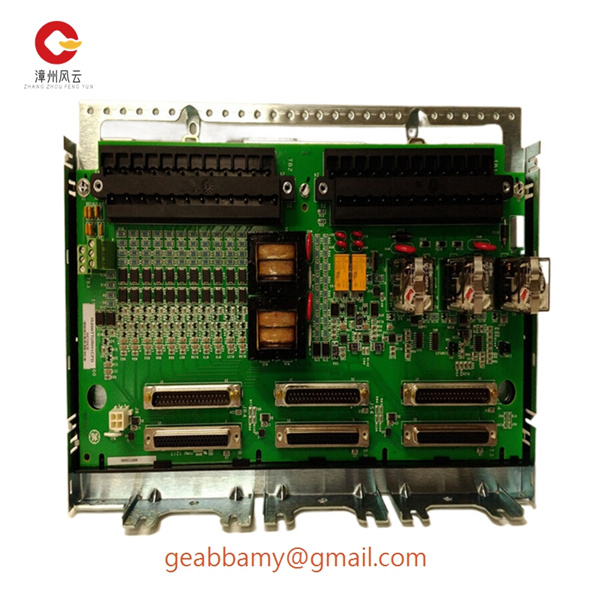
The IS200TTURH1CFD includes:
* 14.8 K of total memory * 229 instructions, including 8 PID loops
* Two communication ports, including RS232/422/485 capability
* Supports networking of MODBUS RTU master/slave, ASCII inputs/outputs, thermocouple inputs, RTD temperature inputs, DeviceNET Slave Option Modules, Ethernet Option Modules, and Profibus Slave Modules.
* Integrated high-speed inputs and pulse outputs
* Built-in real-time clock/calendar * Optional LCD display for operator interface or maintenance troubleshooting
* Note: PID (Proportional, Integral, Derivative) control is a control algorithm used to tightly control processes such as temperature, mixing, position and speed. The proportional portion handles the margin of error. Differential compensates for the rate of change of the error. Integral is responsible for handling small errors over time.




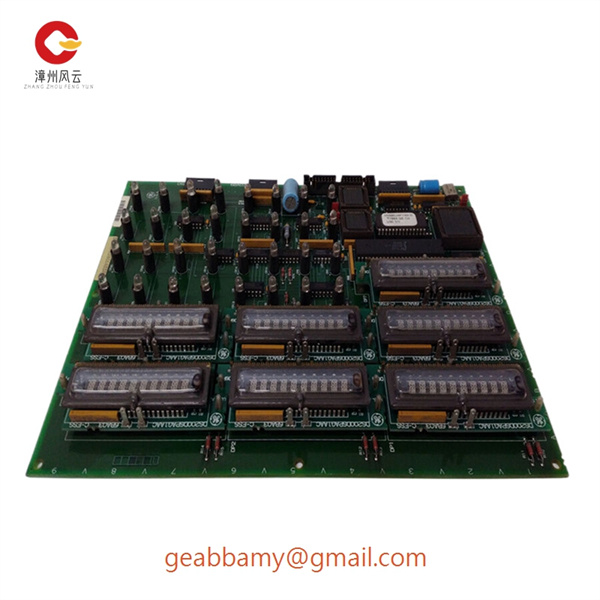
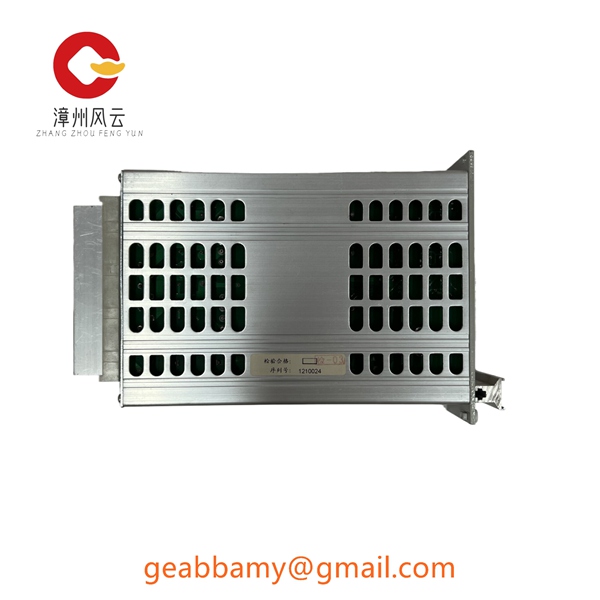
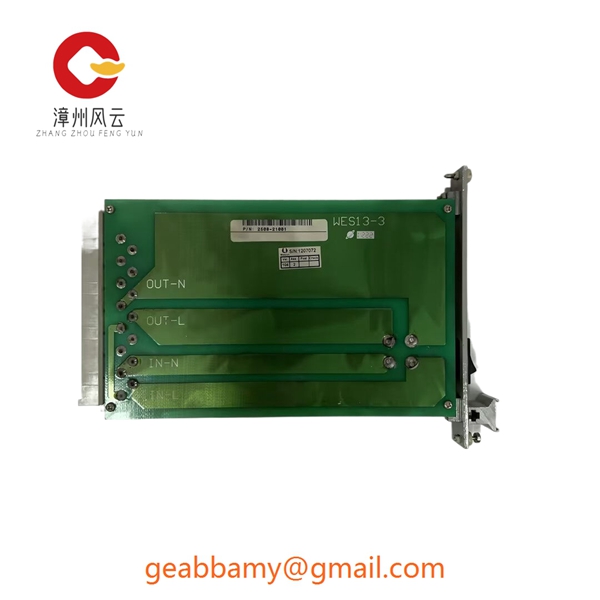
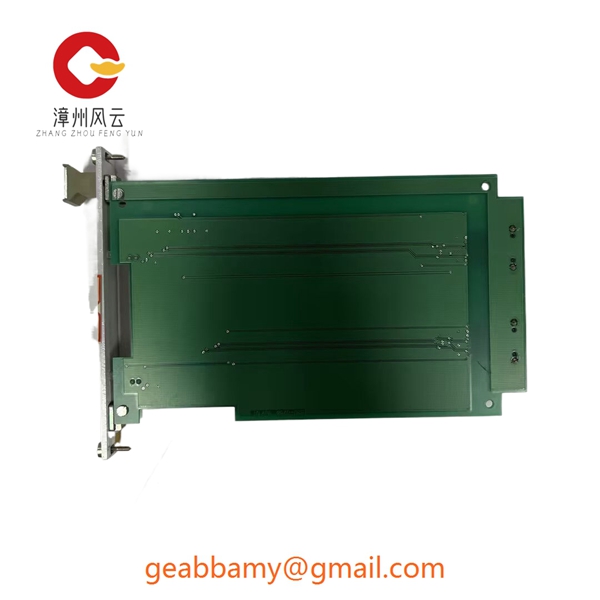
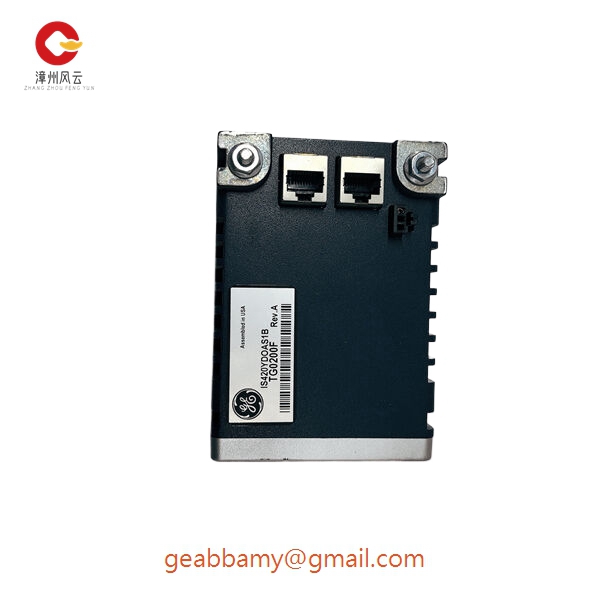
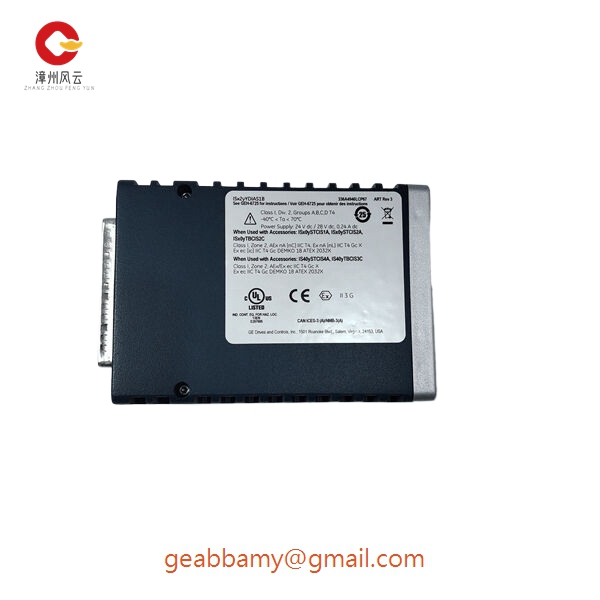
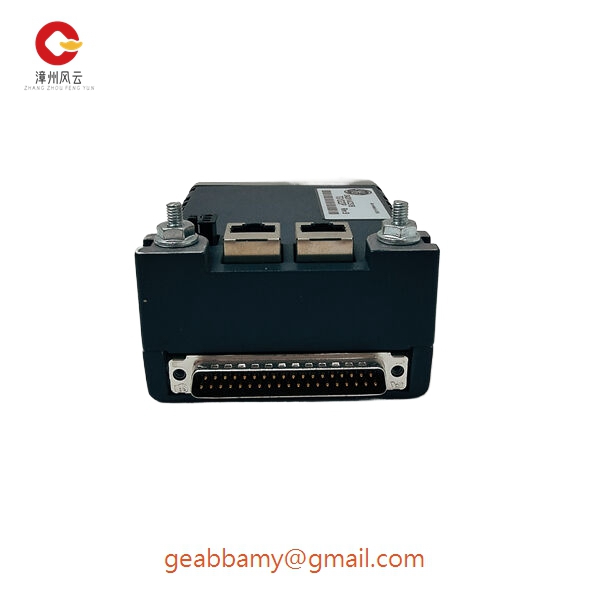
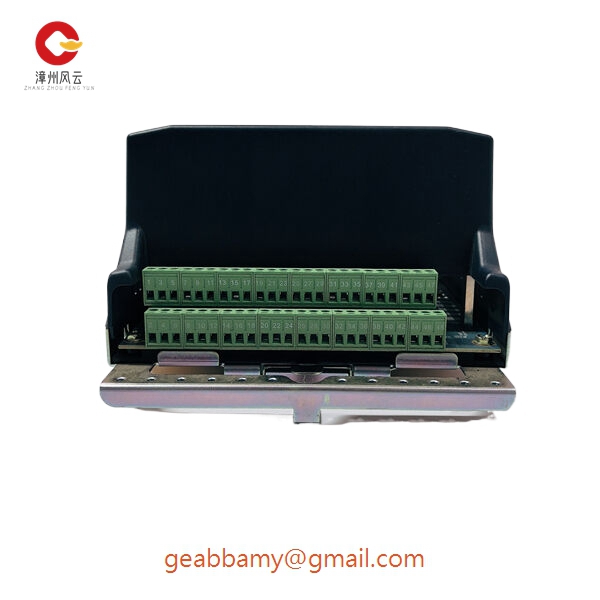
-2_副本.jpg)
